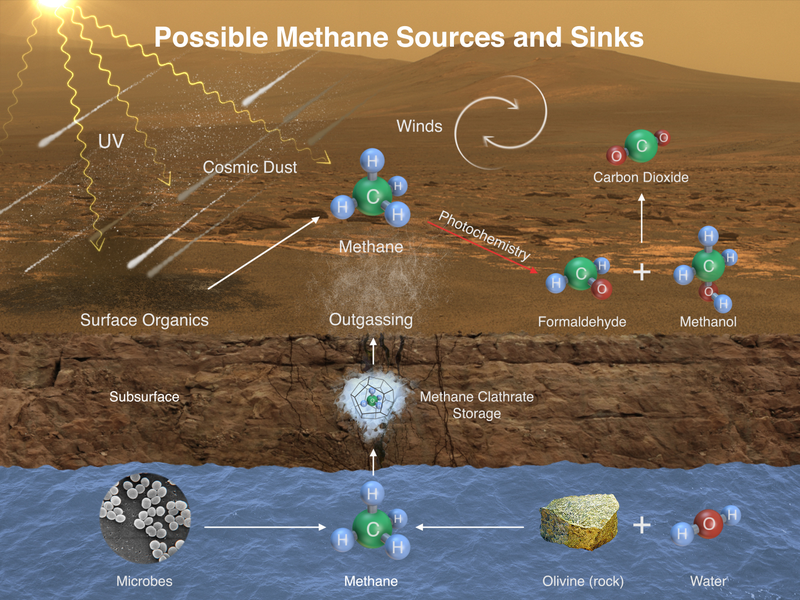chemical elements of Mars Planet description by chemical Man
Besides silicon and oxygen, the most abundant elements in the Martian crust are iron, magnesium, aluminum, calcium, and potassium. Oxidation of the iron dust is what gives the surface its reddish hue.
mars surface composition
Mars is the "Red Planet" for a very good reason: its surface is made of a thick layer of oxidized iron dust and rocks of the same color. Maybe another name for Mars could be "Rusty." But the ruddy surface does not tell the whole story of the composition of this world.
What are the major surface features of Mars?
The common surface features of Mars include dark slope streaks, dust devil tracks, sand dunes, Medusae Fossae Formation, fretted terrain, layers, gullies, glaciers, scalloped topography, chaos terrain, possible ancient rivers, pedestal craters, brain terrain, and ring mold craters.
Can a plant survive on Mars?
A tough plant "pioneer" that can grow in Martian soil. Like customizing a car, NASA-funded scientists are designing plants that can survive the harsh conditions on Mars. These plants could provide oxygen, fresh food, and even medicine to astronauts while living off their waste.
Can you really grow food on Mars?
It's possible that people could tailor an atmosphere with greenhouse gases that trap heat, but Mars is simply farther from the sun than Earth is, so it would still likely be colder than our planet on average.
Mark Watney create water on Mars.
That mission will use equipment that takes carbon dioxide from the atmosphere and breaks it up to make oxygen. But Watney needs more water than he has left after the storm. Because he's a capable science hero, he figures out how to extract hydrogen from the hydrazine rocket fuel to make more water.
Is there water on Mars and is it drinkable?
It's official. NASA scientists have found evidence of present-day liquid water on Mars. But before you start thinking about a second home there, know this: that water isn't drinkable. It's chock full of salts called perchlorates that can be toxic to humans.


Leave a comment